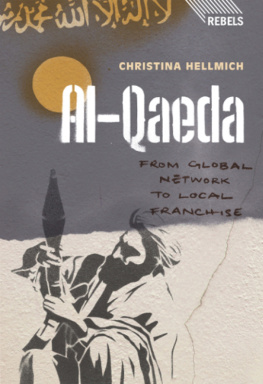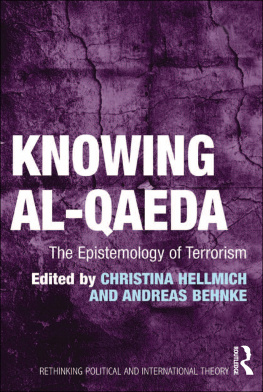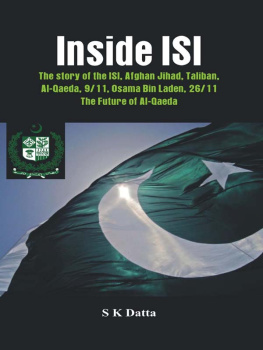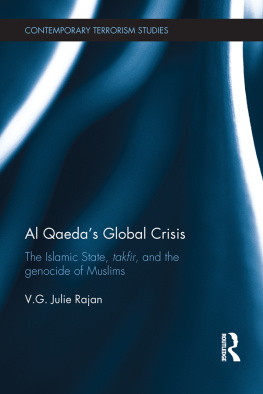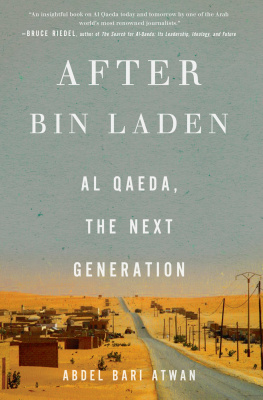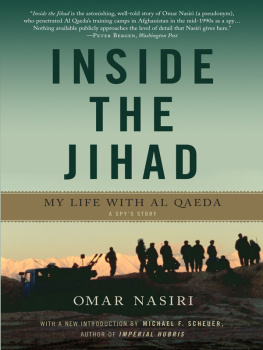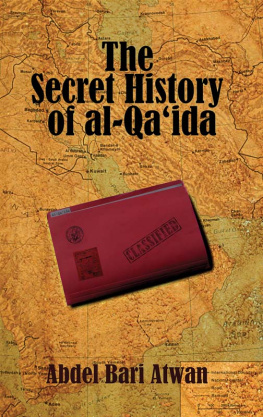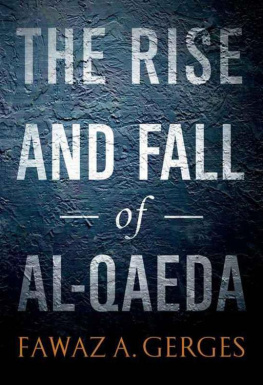
REBELS
REBELS is an exciting and innovative new series looking at contemporary rebel groups and their place in global politics. Written by leading experts, and published in conjunction with the Department of Peace Studies at the University of Bradford, the books serve as definitive introductions to the individual organizations, whilst seeking to place them within a broader geographical and political framework. They examine the origins, ideology and future direction of each group, whilst posting such questions as When does a rebel political movement become a terrorist organization? and What are the social-economic drivers behind political violence? Provocative and original, the series is essential reading for anyone interested in how rebel groups operate today.
The Department of Peace Studies is a world-class centre which since 1973 has developed a unique interdisciplinary research culture. Its mission is to engage in empirical, theoretical and applied research in order to prevent and resolve conflicts and develop peaceful societies; and to provide an enabling environment for international research excellence involving diverse and critical approaches.
The editors of Rebels are Nana K. Poku and Anna Mdee. already published
ALREADY PUBLISHED
Alex Khasnabish, Zapatistas: Rebellion from the Grassroots to the Global
Garry Leech, The FARC: The Longest Insurgency
FORTHCOMING
Ram Manikkalingam, Tamil Tigers: Dialogue, Terrorism and Nationalism
About the Author
CHRISTINA HELLMICH is Lecturer in International Relations at the University of Reading, UK, and co-author of Knowing Al-Qaeda: The Epistemology of Terrorism (2011).
AL-QAEDA
From Global Network to Local Franchise

CHRISTINA HELLMICH

Al-Qaeda: From Global Network to Local Franchise was first published in 2011 by Zed Books Ltd, 7 Cynthia Street, London N1 9JF, UK and Room 400, 175 Fifth Avenue, New York, NY 10010, USA
Copyright Christina Hellmich 2011
The right of Christina Hellmich to be identified as the author of this work has been asserted by her in accordance with the Copyright, Designs and Patents Act, 1988
Designed and typeset in 11 on 14 Monotype Bulmer by illuminati, Grosmont,
All rights reserved. No part of this publication may be reproduced, stored in a retrieval system or transmitted in any form or by any means, electronic, mechanical, photocopying or otherwise, without the prior permission of Zed Books Ltd.
A catalogue record for this book is available from the British Library Library of Congress Cataloging in Publication Data available
ISBN 978 1 84813 911 4 (Zed Books)
Contents
Acknowledgements
This book is the result of countless conversations about al-Qaeda and the generous support of the Leverhulme Trust through the University of Readings Liberal Way of War Programme. The former forced me to make sense of conflicting narratives; the latter enabled me to commit my thoughts to paper. It is due to Andreas Behnke that I ended the search for the truth and began to appreciate the value of yet another story even the bad ones. I am indebted to James Piscatori, Nelly Lahoud and Ali Parchami for our ongoing discussion of Muslim politics, their detailed comments on draft chapters (often at short notice) and for being living proof that metrics fall short of measuring impact in a meaningful manner. My proofreader extraordinaire, Jeremy Legg, and my editor at Zed, Ken Barlow, went out of their way to keep me focused during the busiest times. My husband Andrew made sure I remain grounded in reality: Al-Qaeda, one might conclude, has much in common with cardiac tumours: the associated symptoms are undeniable proof of their existence, even if we cannot see them.
ONE
9/11 and the anxious search for answers
On 23 February 1998, Osama bin Ladin and his associates issued a religious ruling (fatwa) that called on every Muslim to kill Americans, both civilians and military personnel, in every country in which it was possible to do so, in order to liberate al-Aqsa Mosque and the Holy Mosque and to drive the US armies out of all the lands of Islam, to the point where they would be defeated and unable to threaten any Muslim. Three and a half years later, on the morning of 11 September 2001, al-Qaeda demonstrated the magnitude of its threat and the sophistication of its methods by organizing and perpetrating the worlds greatest terrorist outrage: for the first time in history, transnational teams, united in their belief that they were defending Islam, hijacked four planes to use as flying suicide bombs. Two were directed into the iconic Twin Towers of the World Trade Center, New York, one into the Pentagon, and the fourth crashed outside Pittsburgh after its passengers attempted to regain control of the plane. What happened next is, as they say, history.
Al-Qaeda, the first global terrorist group of the twenty-first century, embodies the enigmatic new face of global terrorism. Since perpetrating the most destructive act of terrorism to date on 11 September 2001, it has dominated discussion of national and international security in the media as well as in academic and policymaking circles. Who would do such a thing, and why? Ten years into the global war against terrorism, one would expect to find clear answers to these basic, though critically important, questions. Yet, despite the fact that few issues have generated more substantial debate than the task of explaining the rationale and appeal of spectacular mass murder in the name of Islam, speculation about the strength and extent of the group continues to run rife. Bewildering descriptions eagerly seized upon and broadcast by the mass media of a shadowy network and undercover terrorist cells, televised reports of new arrests of suspected terrorists and urgent warnings of imminent dangers continue to create alarm but bring little by way of clarity, whilst heightened security threat levels and hitherto unheard-of restrictions endured by the travelling public have become an accepted feature of life in the post-9/11 world.
That the threat of so-called Islamic terrorism dominates the collective consciousness of the Western world is plain to see: a quick Internet search of the term al-Qaeda on Google generates over 12 million links to articles, interviews, books and commentaries in a wide variety of languages. Yet a closer look at the extant literature on the subject generates more questions than answers. Is al-Qaeda a rigidly structured organization, a global network of semi-independent cells, a franchise, or simply an idea whose time has come? Was Osama bin Ladin an engineer, a business-school graduate, a playboy or a university dropout? What is meant by talk of the global Salafi jihad that is confronting the West? On closer examination, facts about the nature of the terrorist group which permanently branded its name into the Manhattan skyline begin to sink all too quickly in a proverbial sea of assertions and unsubstantiated truth claims.
Why is this so? How can a subject of such importance be so riven by uncertainties? A first attempt to explain the ambiguity surrounding the most notorious terrorist organization to date necessarily begins with a closer look at the state of the information that was available prior to September 11 and the rapid development of the literature that followed immediately thereafter. In the 1990s, only a handful of people were conducting research on what was to become one of the most widely discussed security issues in the years ahead. As surprising as it may seem with the benefit of hindsight, the spectacular destruction of the Twin Towers against a bright blue September sky took the Western world by surprise: terrorism experts, security specialists and academics alike had failed to predict an attack of such magnitude.
Next page
